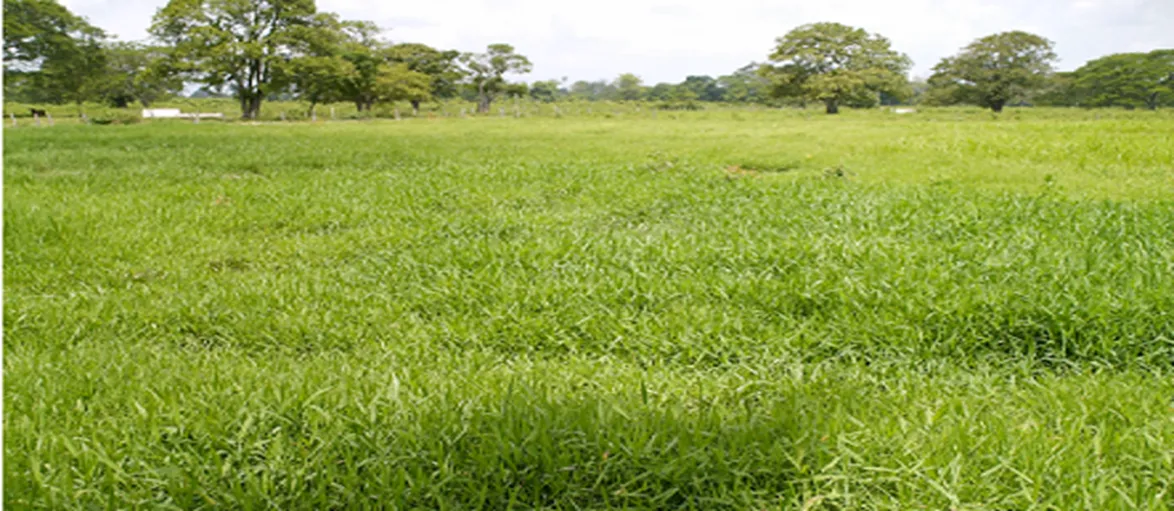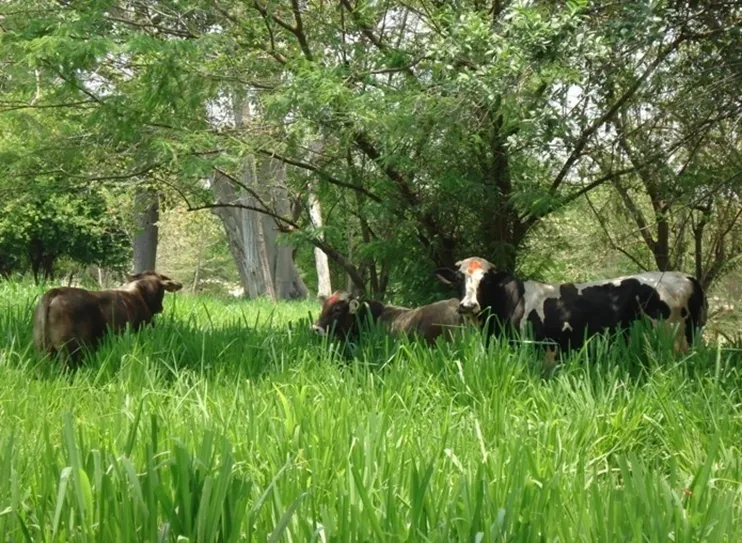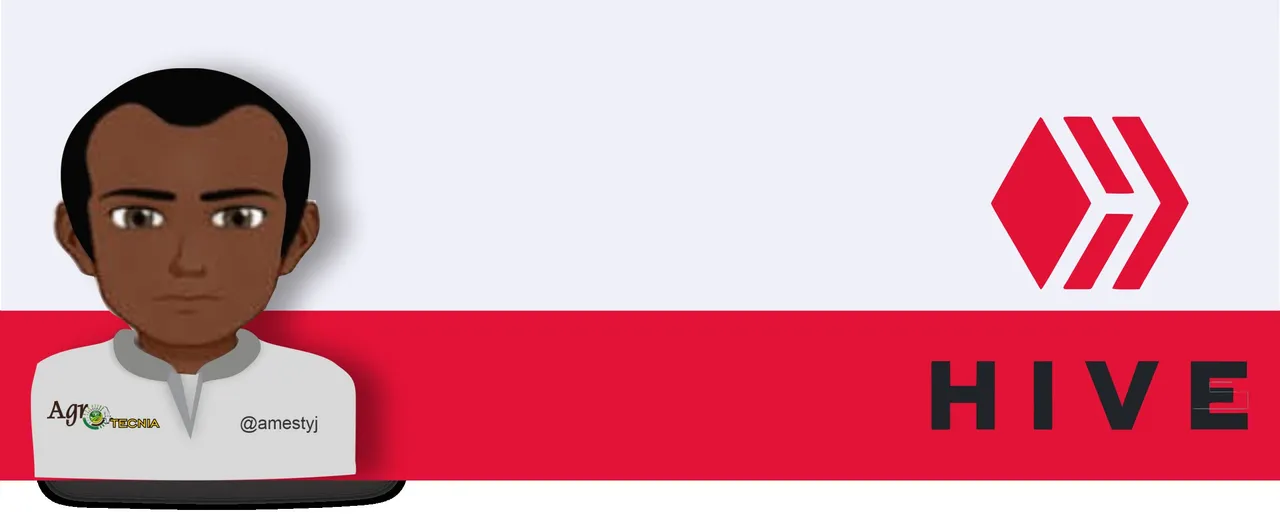The fertilization of pastures is a fundamental practice in livestock production, since it directly influences the quality and quantity of fodder available for livestock, however, it is essential to carry it out properly to avoid environmental and economic problems, mention is made to those problems, because in most cases synthetic products are used that can be toxic to the ecosystem and also very expensive.

The practice of fertilization is important in pastures as in any crop, by its application it can increase the production of forage biomass, this is due to the fact that fertilizers provide essential nutrients for the growth and development of plants, which translates into a greater amount of grass available for livestock, in the same way the plant by having the nutritional elements they require available, can improve the quality by increasing the content of protein, minerals and other nutrients in the forage, which has an impact on animal nutrition. Also in neglected pastures, the application of fertilizers can be recommended to restore pastures that, for example, have been overgrazed.
<br
Among the nutrients that can be provided through fertilization are the following:
- Nitrogen (N): Essential for vegetative growth and protein production.
- Phosphorus (P): Influences root development and seed production.
- Potassium (K): Improves disease resistance and forage quality.
- Calcium (Ca) and Magnesium (Mg): They influence the structure of the soil and the activity of enzymes.
- Sulfur(S): It is necessary for the synthesis of proteins and vitamins.
Before applying fertilizers it is important to take into account some aspects such as knowing the characteristics of the soil, through an analysis of it and thus determine which nutrient is deficient, knowing the nutrients that are required determines the type of fertilizer that can be applied, either synthetic and / or organic fertilizers, in the case of synthetics are generally the most used for their rapid action on plants because they are organic compounds that the plant can easily absorb, but its excessive application can generate a biological imbalance in the soil and of course, as we have already mentioned, the costs of fodder production increase.

There are also more ecological strategies such as the well-known organic fertilization where their products are most often made with internal or local resources, which enhances the system by generating a recycling of nutrients, for example, the use of bovine manure can be used to make fertilizers, in this case the manure contains a part of the nutrients consumed by the animal. Similarly, it should be considered that organic fertilization progressively releases its nutrients because part of the elements supplied are organic and these will be decomposed by soil microorganisms as they can mineralize that matter and convert it into inorganic elements.
These fertilizers can be applied to the surface in different ways, such as volley fertilization, which consists of spreading the fertilizer evenly over the soil surface, localized fertilization where the fertilizer is applied in bands or at specific points and foliar where the fertilizer is applied directly on the leaves of the plants.
| Final considerations |
|---|
Dear readers, pasture fertilization is an important tool to improve livestock production, but it should be done in a responsible and sustainable way avoiding the pollution of water sources, try not to apply fertilizers near rivers, lakes or wells, if possible apply organic fertilizers to maintain and promote soil biodiversity.
As for the practical recommendations we can mention that first of all perform a soil analysis, avoid the application of fertilizers in water-saturated soils to prevent leaching and may be lost to groundwater, apply the recommended dose and finally change the use of synthetic fertilizers for organic fertilizers to improve the soil structure and biological activity.
| Bibliographic references |
|---|
- Arriojas, L. (1992). The fertilization of pastures. University of Zulia. Maracaibo: Zulia.
Sources
- Photography and images: All photographs and images are the property of the author @amestyj
- Agrotecnia banner: made by the author @amestyj with own images
- Hive Banner: Designed by the author @amestyj with image owned by hive.



